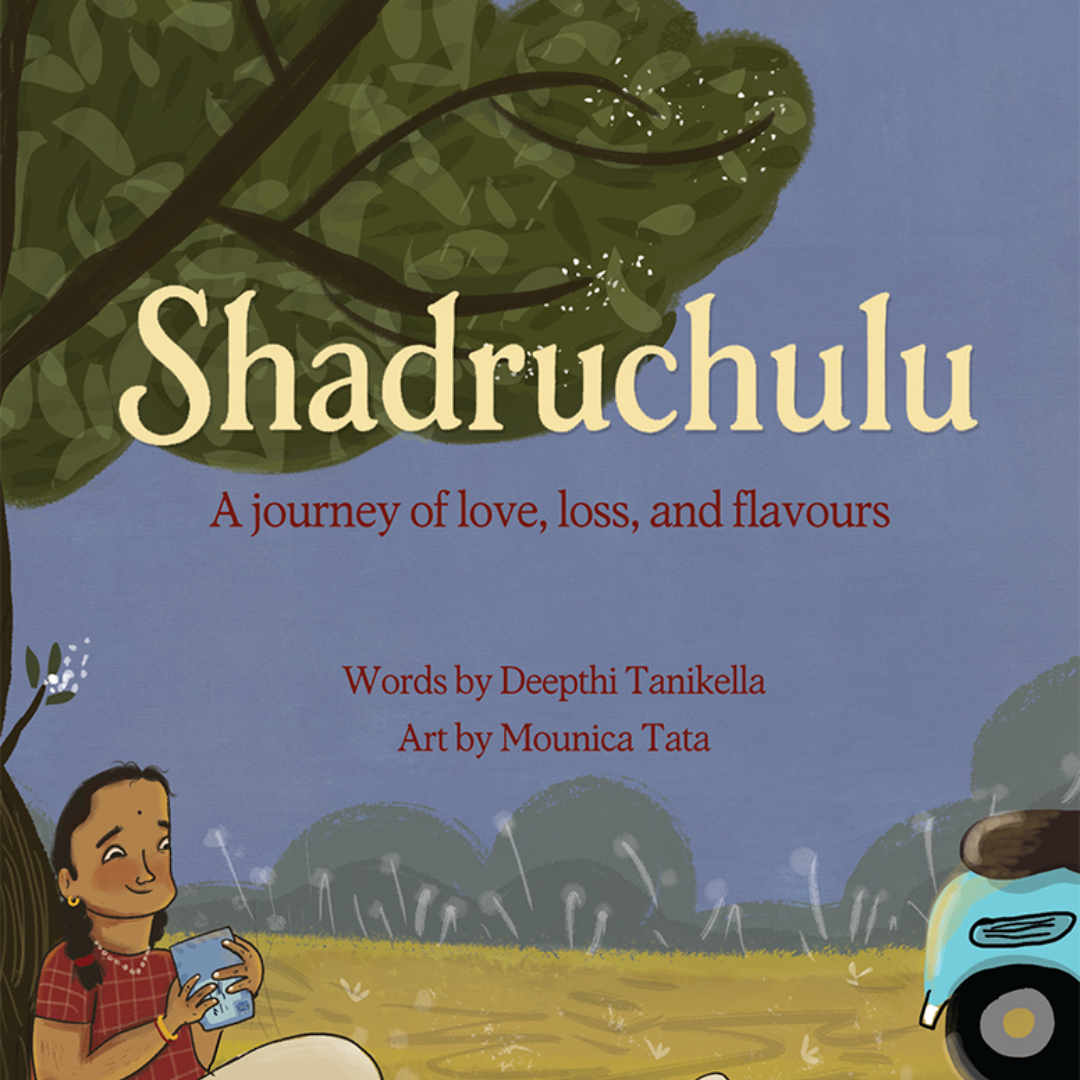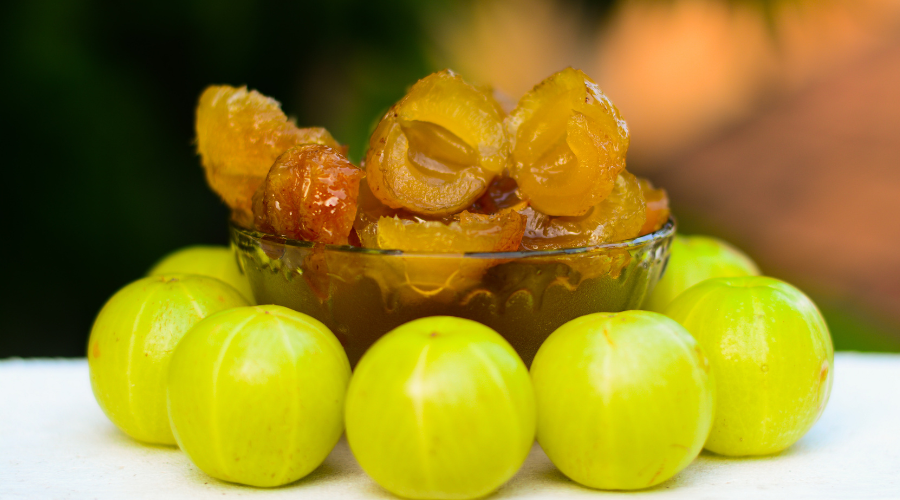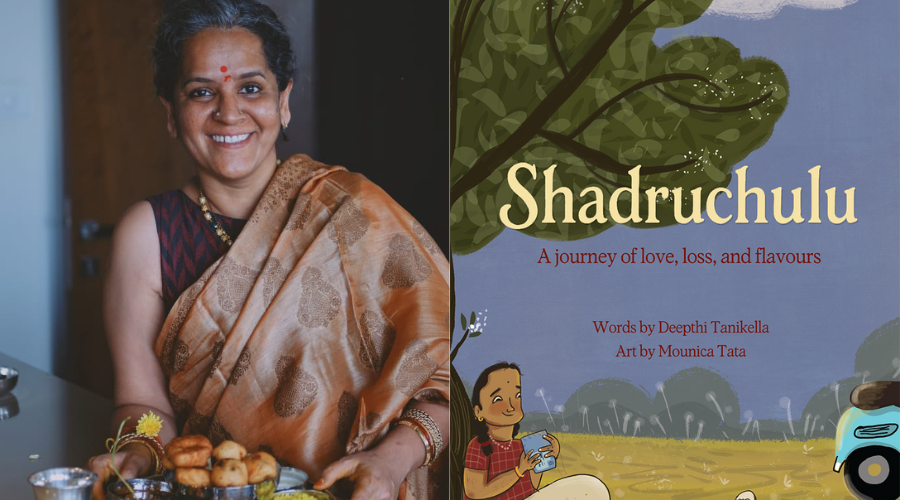Everytime I slice and eat a mango, I can’t help but be reminded of how enthusiastically and meticulously my nana (maternal grandfather) would pick mangoes from the vendor even during some of his last chemotherapies.
His Ghalib-like love for the fruit would often lead him to lose his cool when someone denied it. Nana loved feeding everyone with the mangoes he bought—particularly my mother, who is not as charmed by the fruit since his passing.
In our household, mango is not just a fruit but a bittersweet memory of him and his admiration for it. And I am sure that I am not the only one.
“Each memory has a flavour and every flavour has a memory,” said author Deepthi Tanikella, whose food memoir, “Shadruchulu: A journey of love, loss, and flavours,” explores how the six flavours of Ugadi Pachadi (a festive beverage served as prasada on Ugadi.)—sweet, sour, bitter, pungent, spicy, and salty—remind her of different phases and moments from her life. “These six flavours are the six emotions of life,” added Tanikella.

Food And Flavour: A Journey of Grief And Memory
When I asked her why she chose food as a medium to emote and express, she said, “Food is something that binds life and death, just like it binds each one of us. It is in our DNA.”
Tanikella’s journey in the kitchen started when she tried to prepare avakaya (meaning pickle in Telugu) in December 2023 after losing her parents and brother.
“Avakaya was usually prepared by my parents, with me only being peripherally involved in the process. When I prepared it alone, it brought back the memories I had with them. It was painful,” she recalled .. But this grief didn’t deter her from shutting out those memories. Instead, she decided to give this world a book that was relatable and sent out a message that grief can be powerful.

She used each flavour of Ugadi Pachadi—a dish prepared using raw mangoes, tamarind water, green chillies, pepper, jaggery, and neem leaves—to tell stories about her life and family that resemble the six different flavours of the dish.
Ugadi Pachdi is significant since it is prepared during the Ugadi festival (Telugu new year) and is presented to the Gods as prasadam.
For instance, the last story of the book, which explores Spice as a flavour, is a tribute to her mother, who was fiery, fearless, and someone who would never mince her words. Each chapter ends with a recipe, and this one ended with where it all started—the avakaya.
Another chapter in which the author talks about her grandfather revolves around the salty flavour. “For me, salt is also related to sweat, and this chapter is about my hard-working grandfather and my times with him,” said the author. She ends the story with the recipe of Osmania Biskoot— something her grandfather would enjoy eating alongside his evening chai with his friends. “He even asked me to serve it during his last rites,” Tanikella added.
When Life Throws Lemons At You, Make Usirikaya Or Amla Murabba
As she went on to narrate all six stories to me, the one that stuck was the one around amla (gooseberry) murabba. In this story, Tanikella draws a parallel between the sour flavour of the murabba and a painful period in her parents’ life—when they lost their son.

“When you eat an amla, it will taste sour at first, but once you keep chewing on it, it ends up becoming sweet,” explained Tanikella. Through the story, she explained how her parents bit into their son’s death and navigated a happy life around that loss. “Very close to her passing, my mother’s words were ‘I am living like a queen’,” said Tanikella.
At the end of this story, she presents the recipe for usirikaya murabba or amla murabba:














